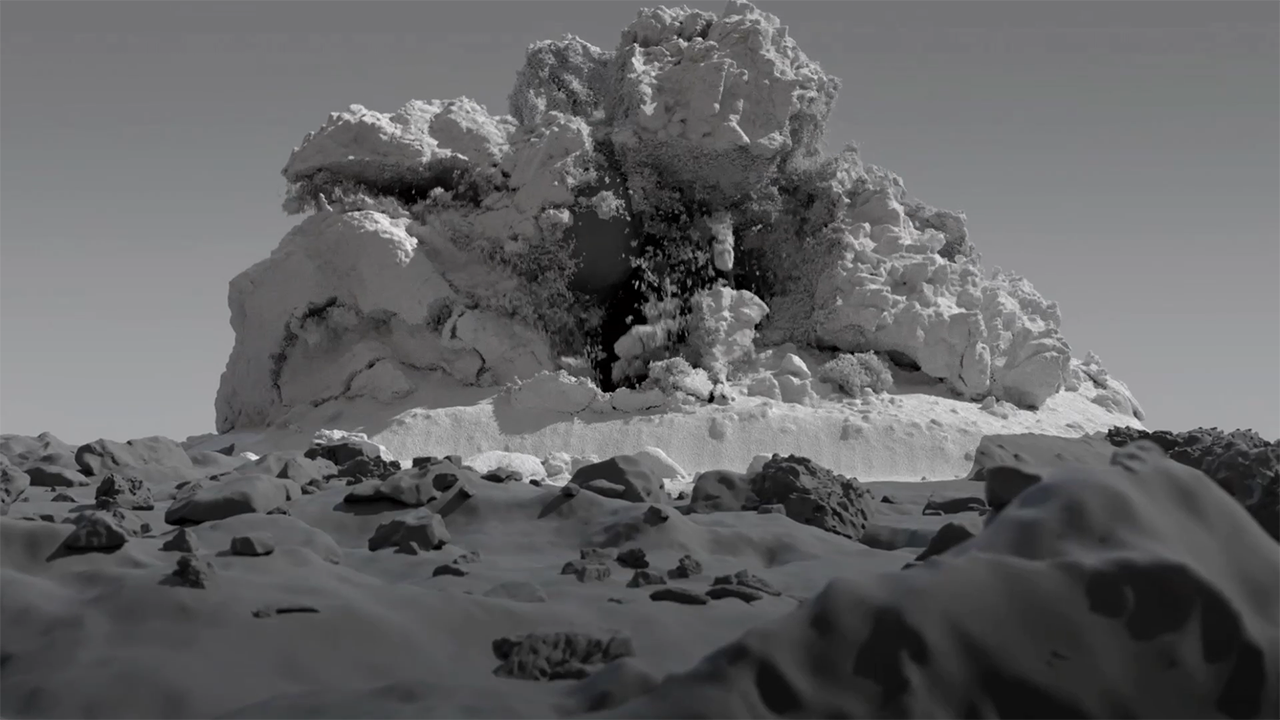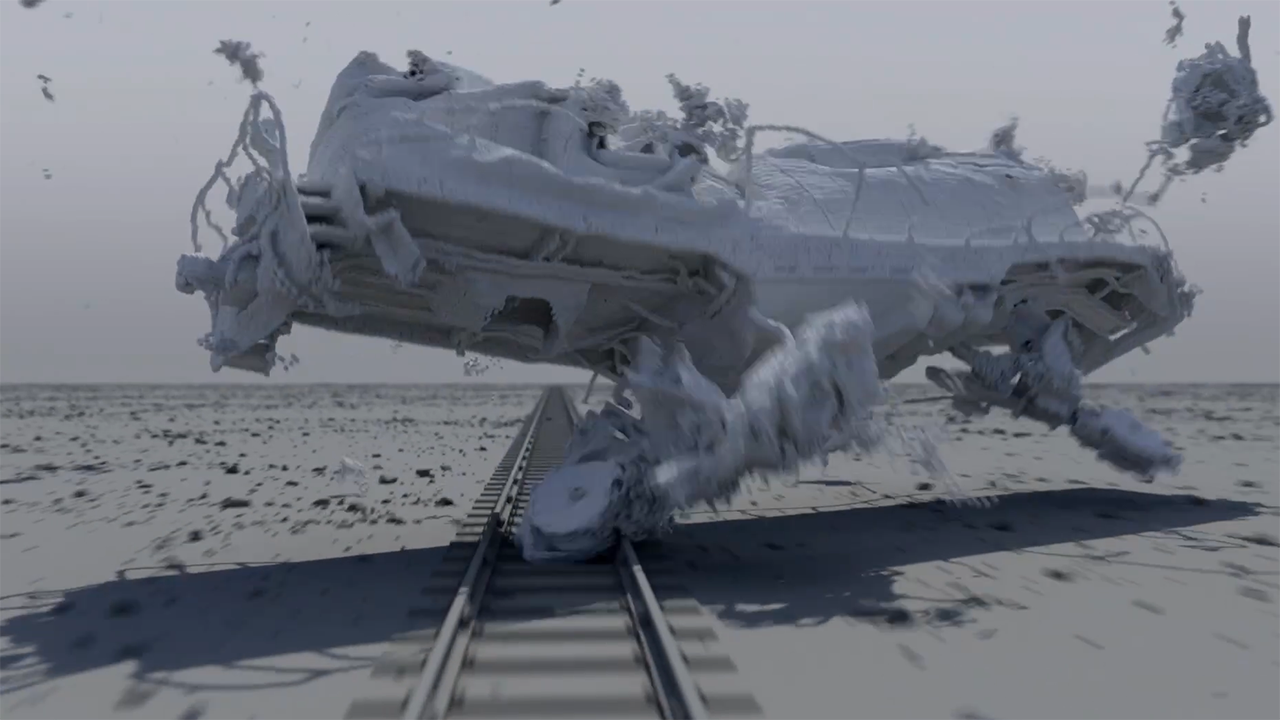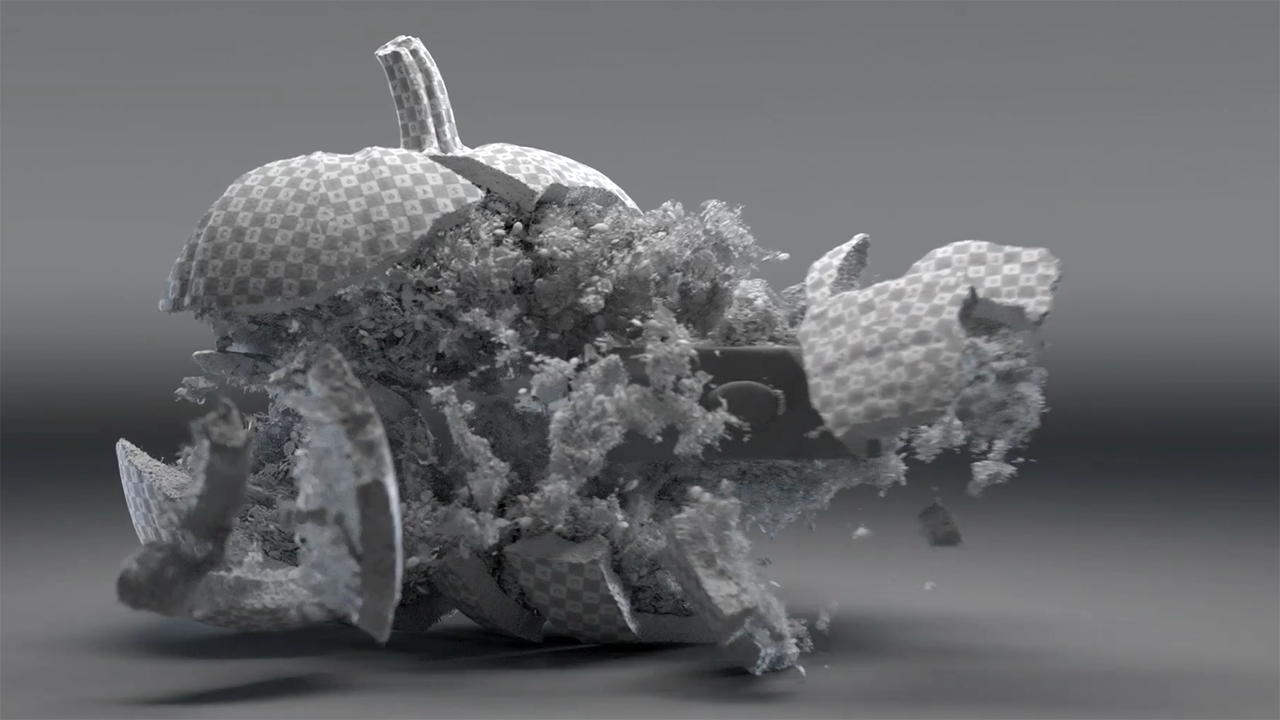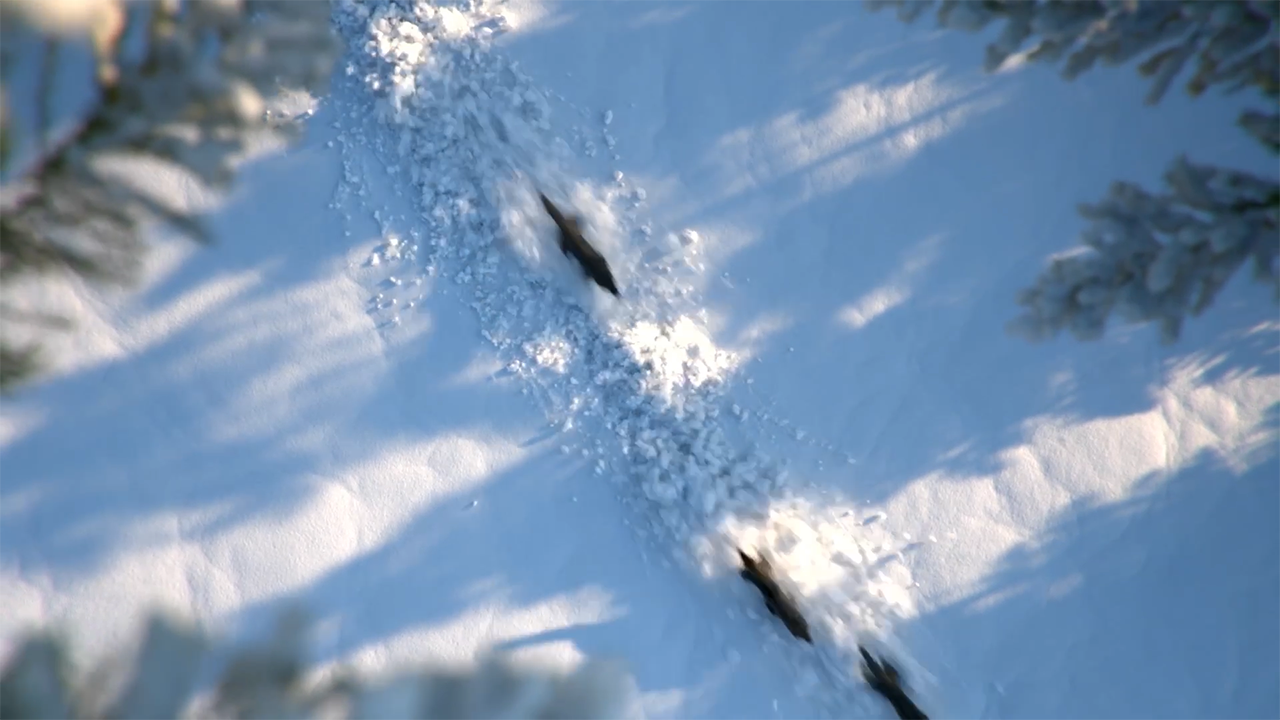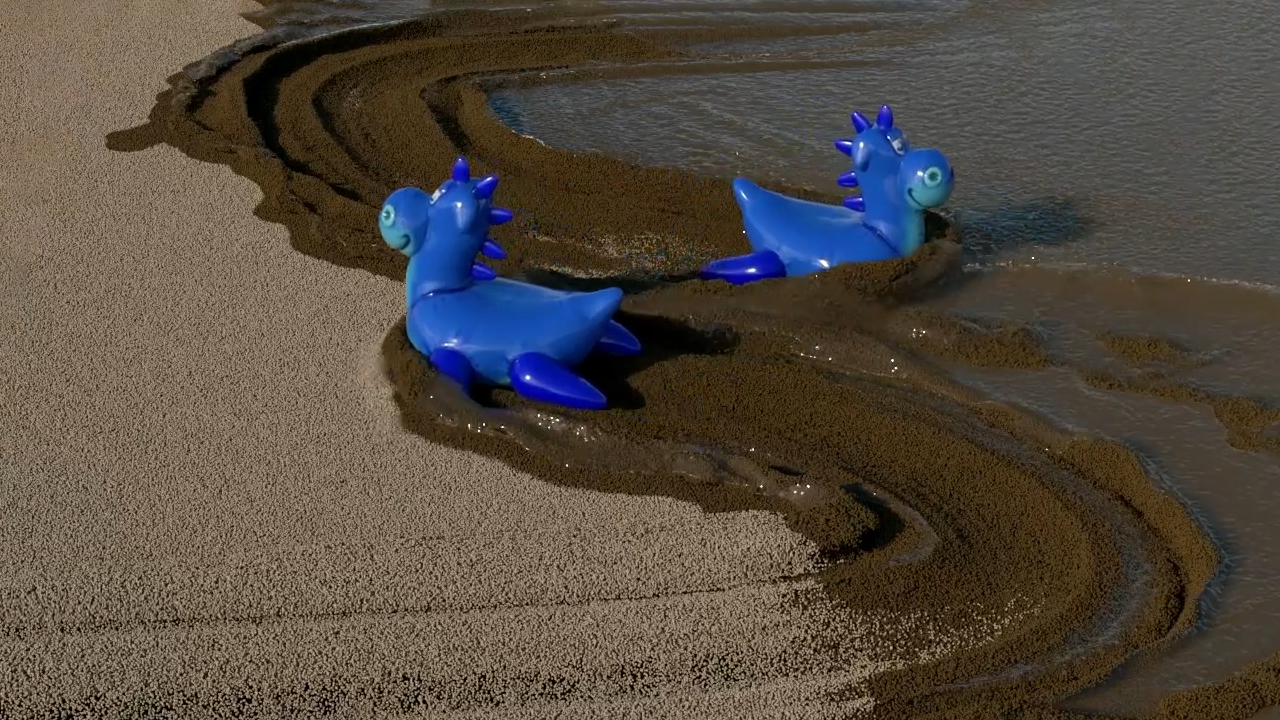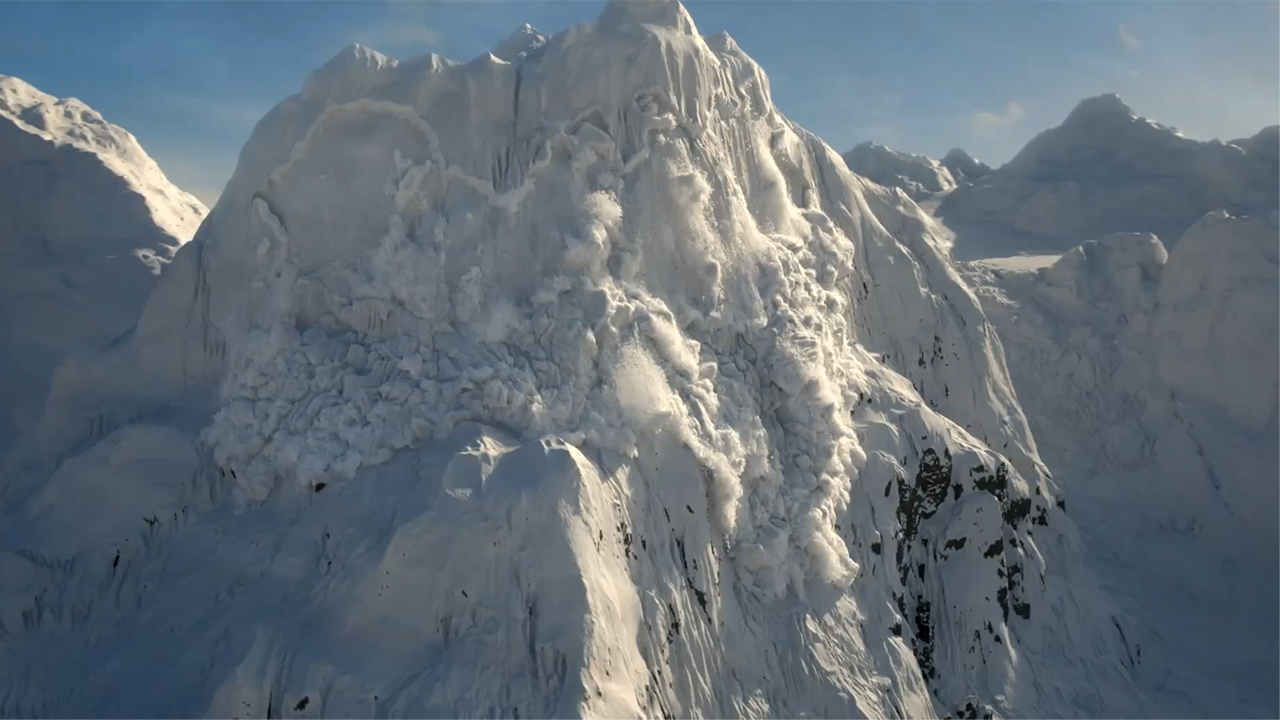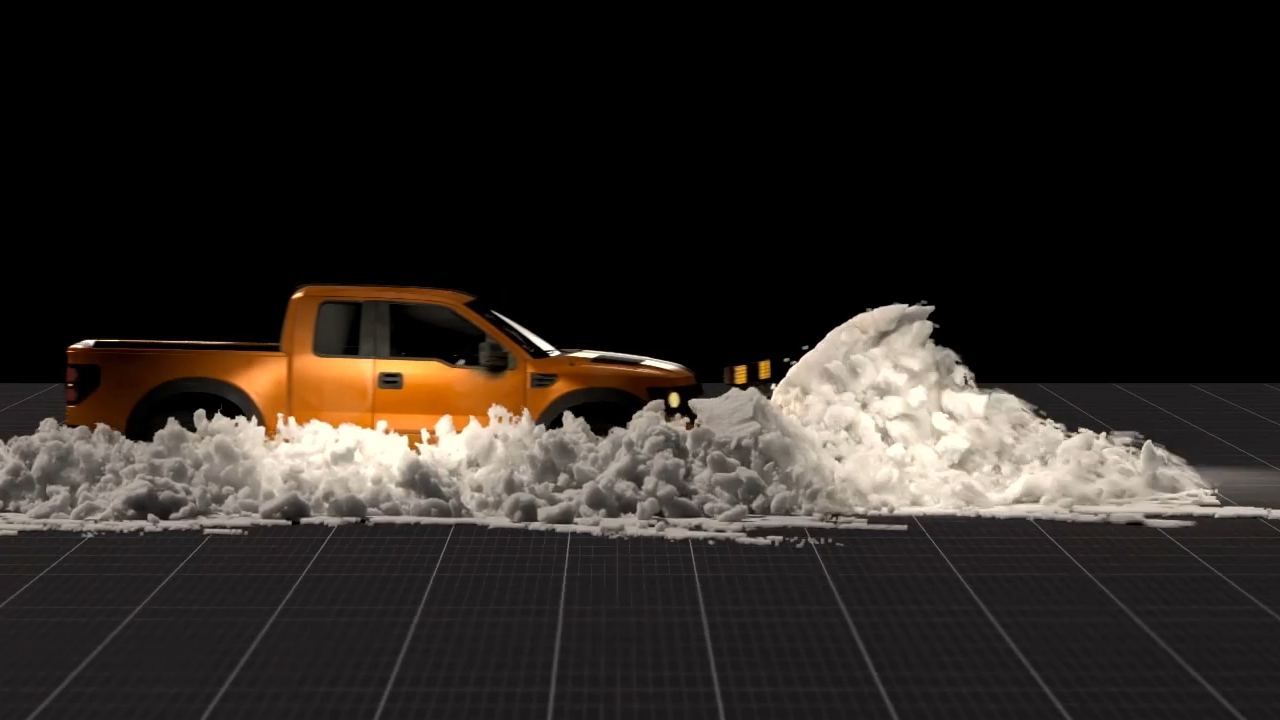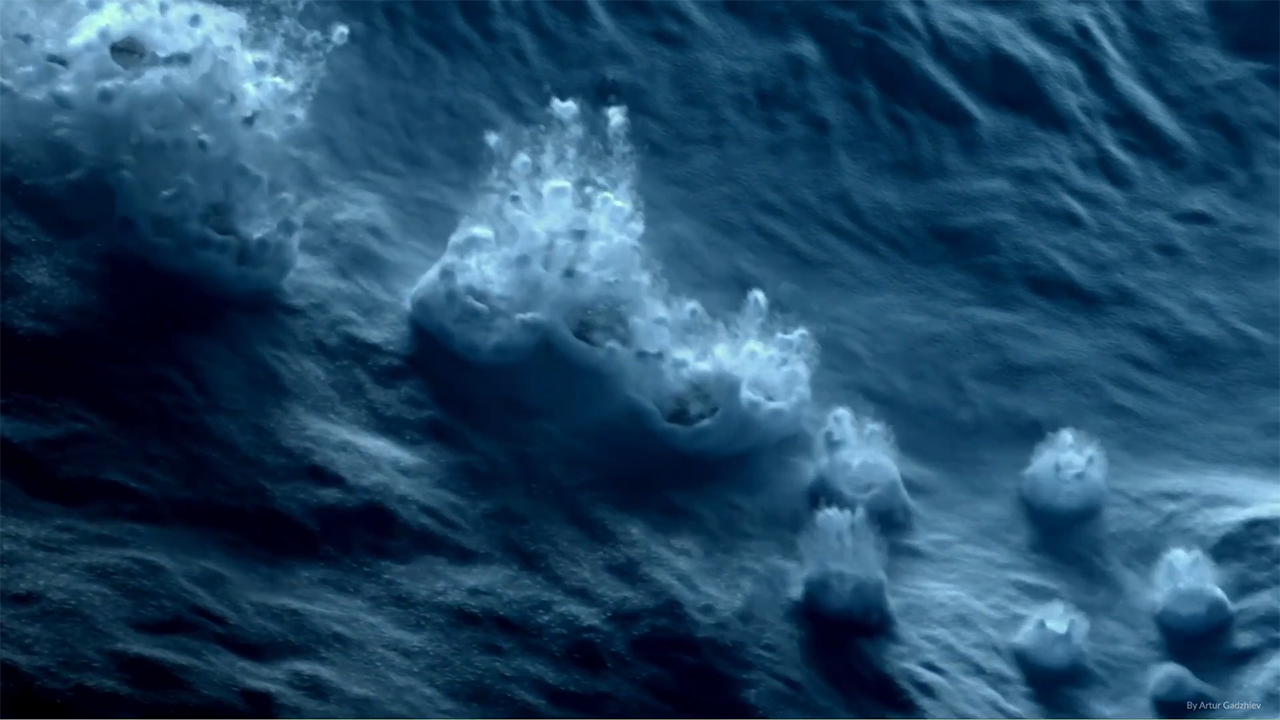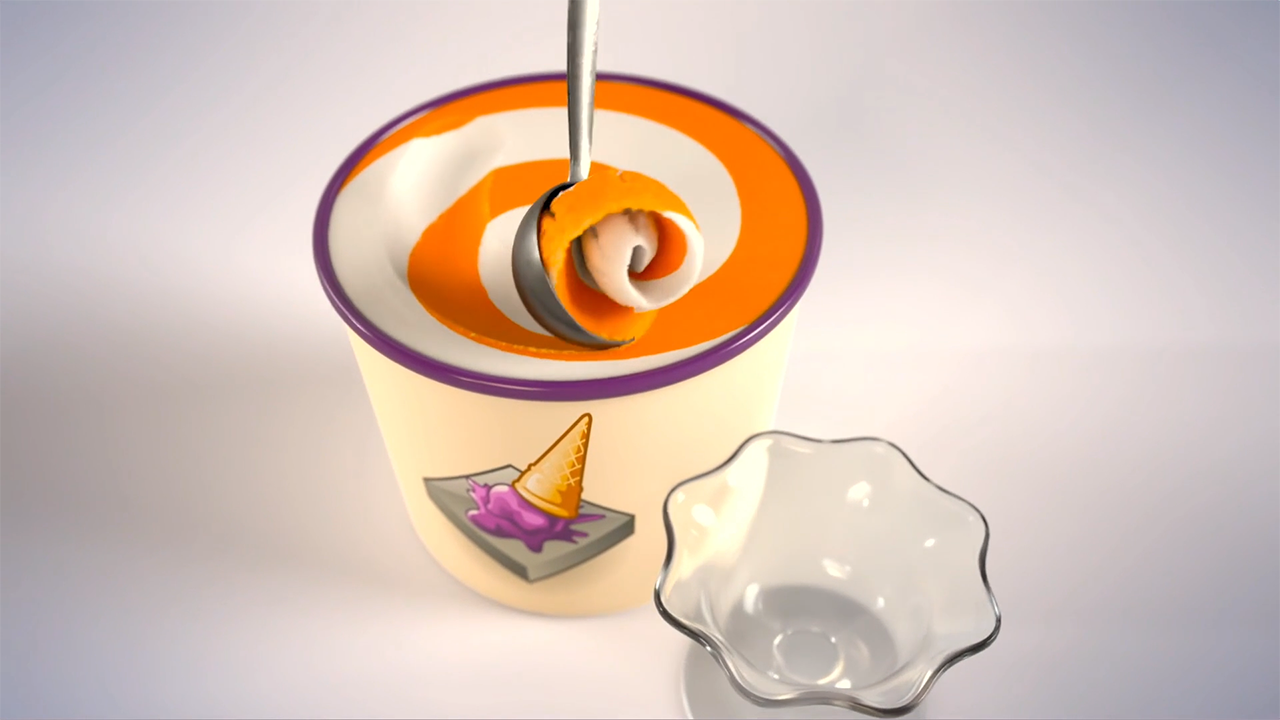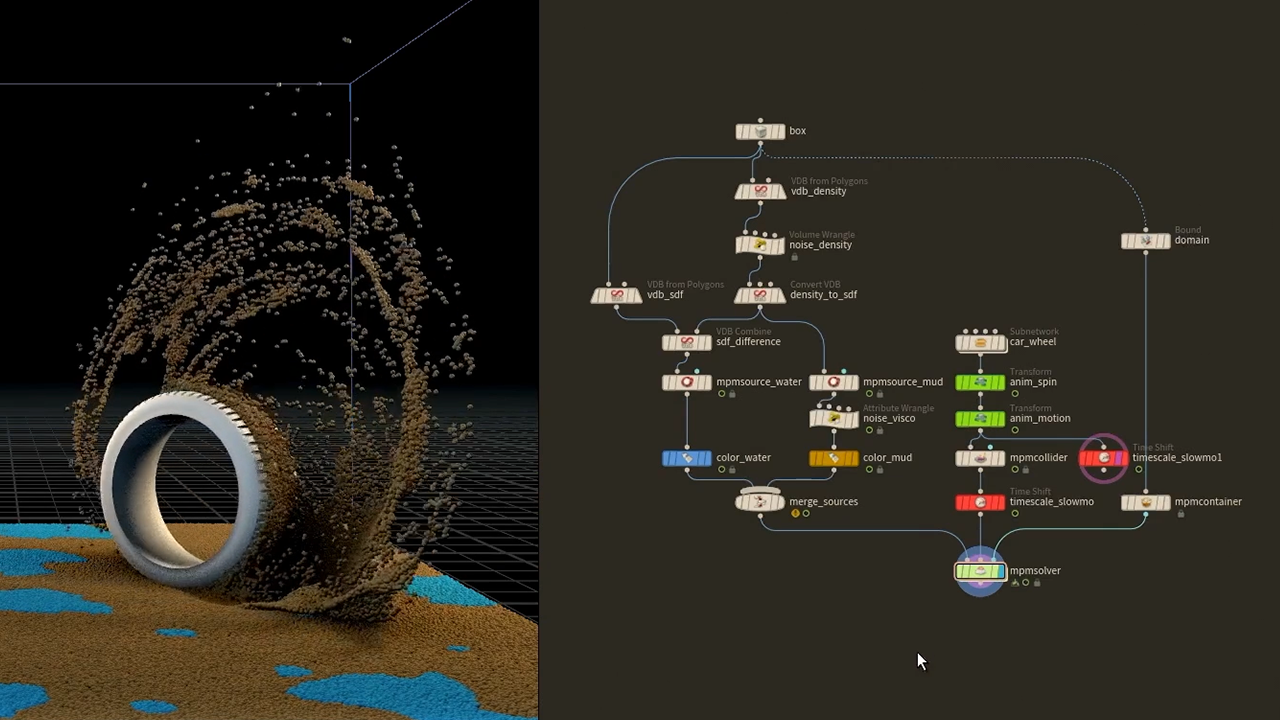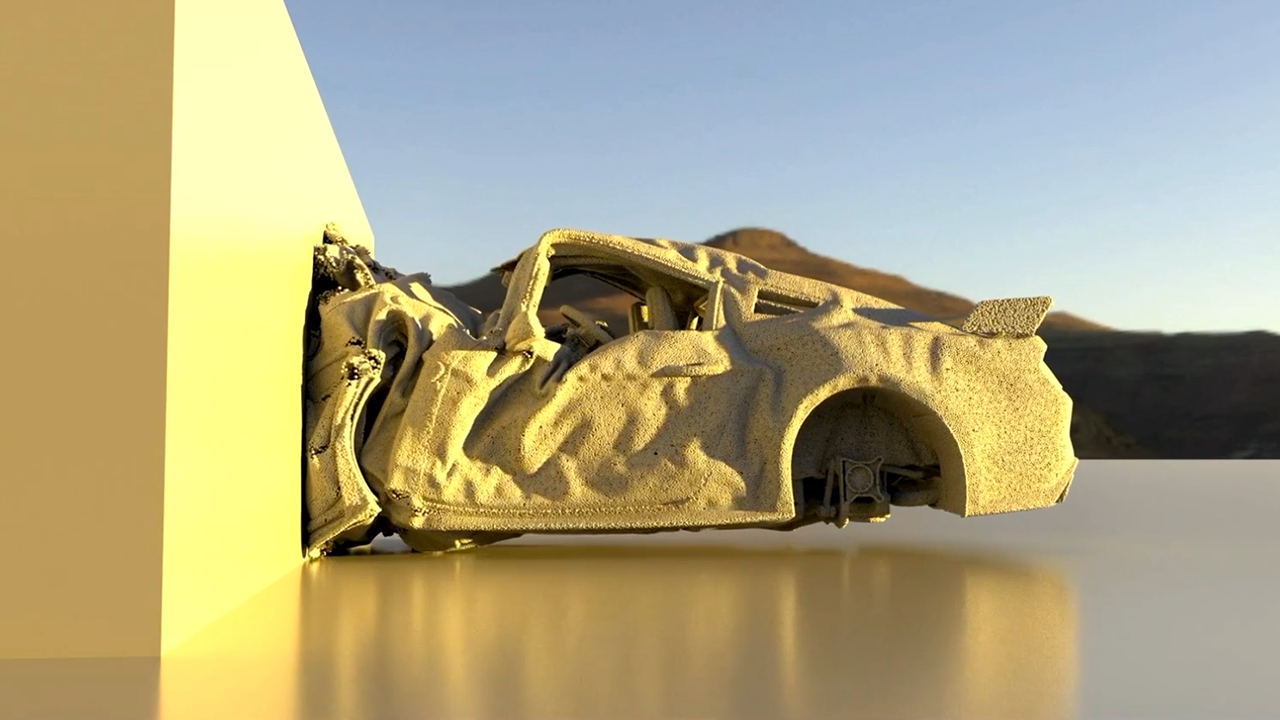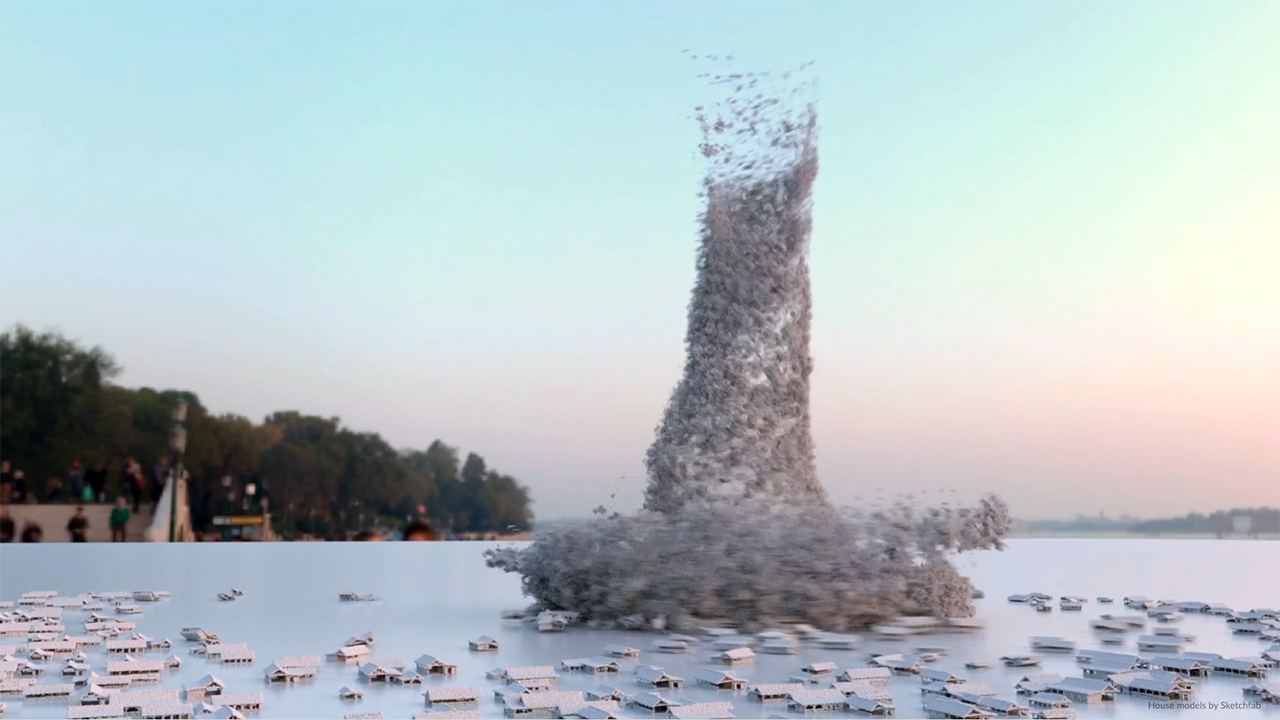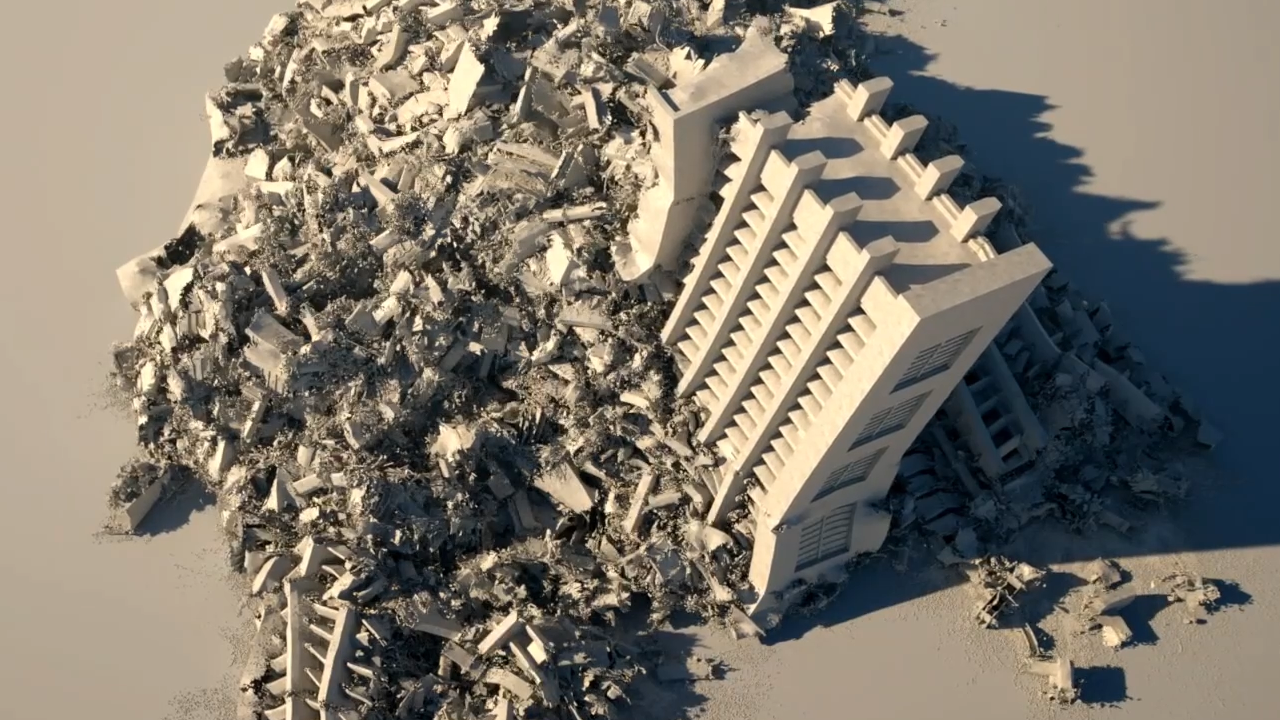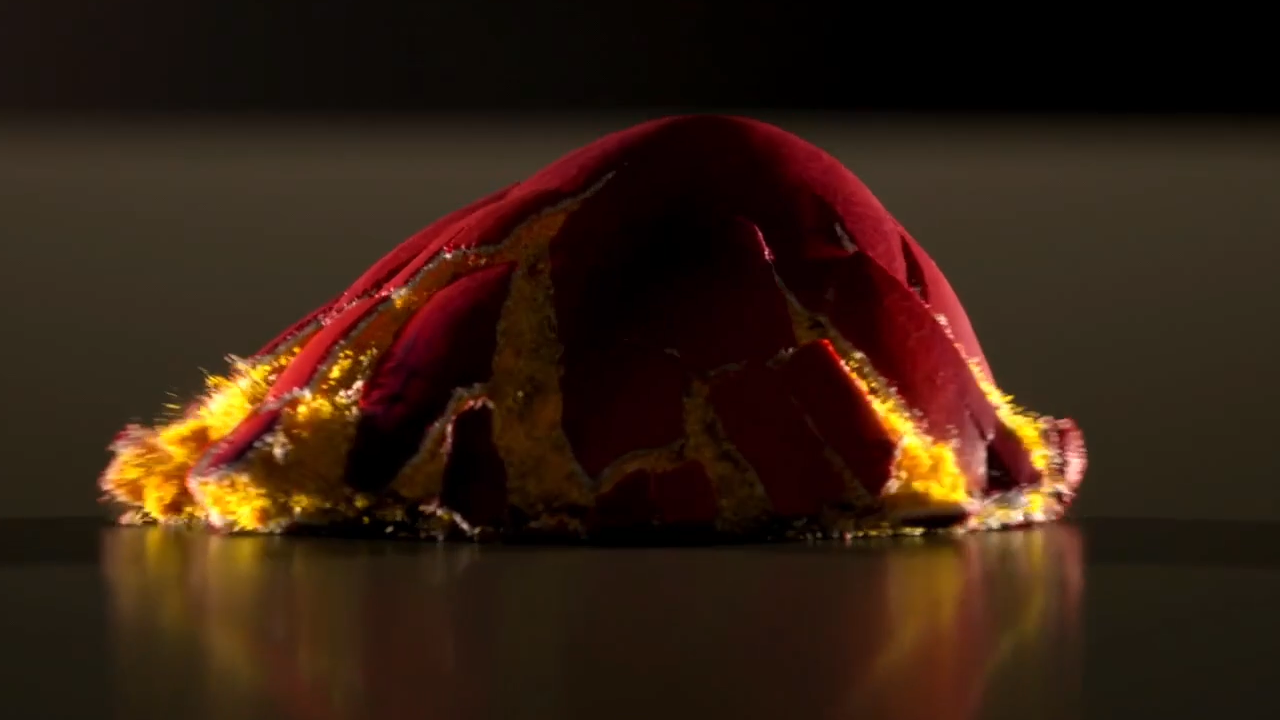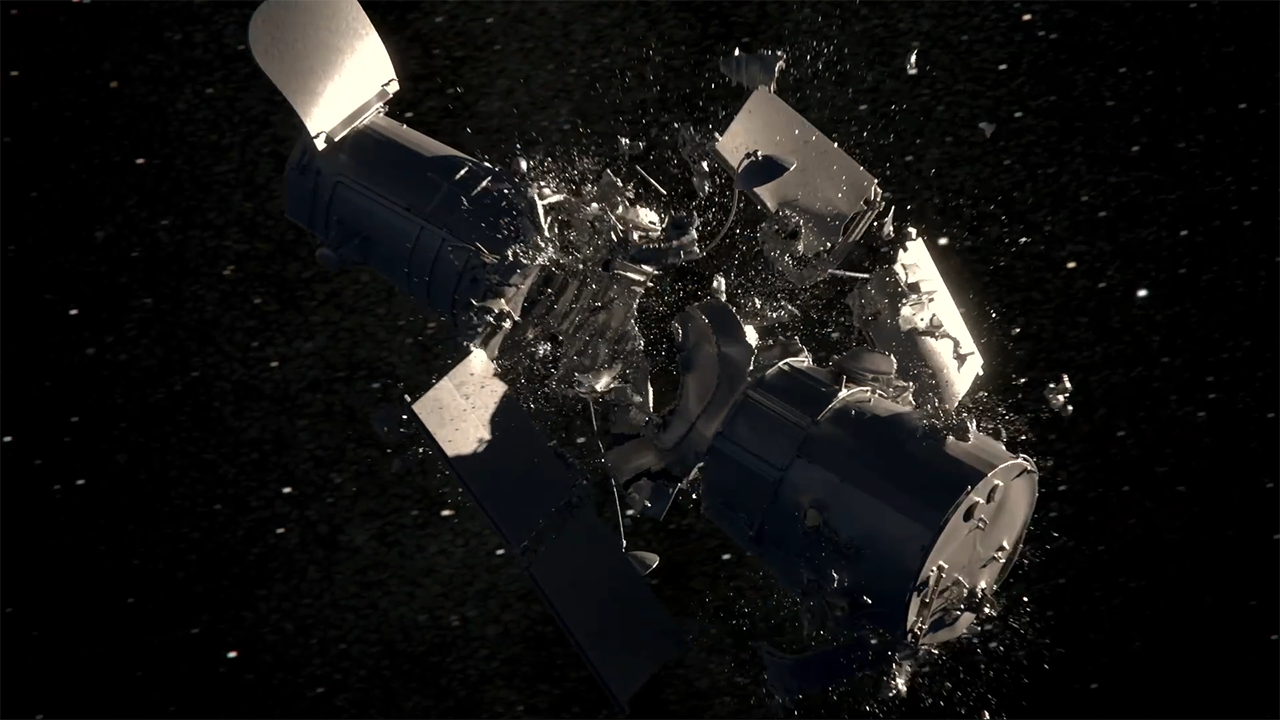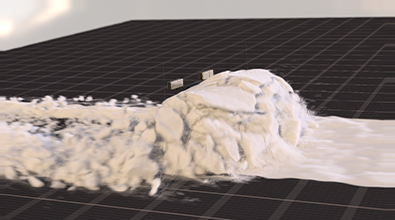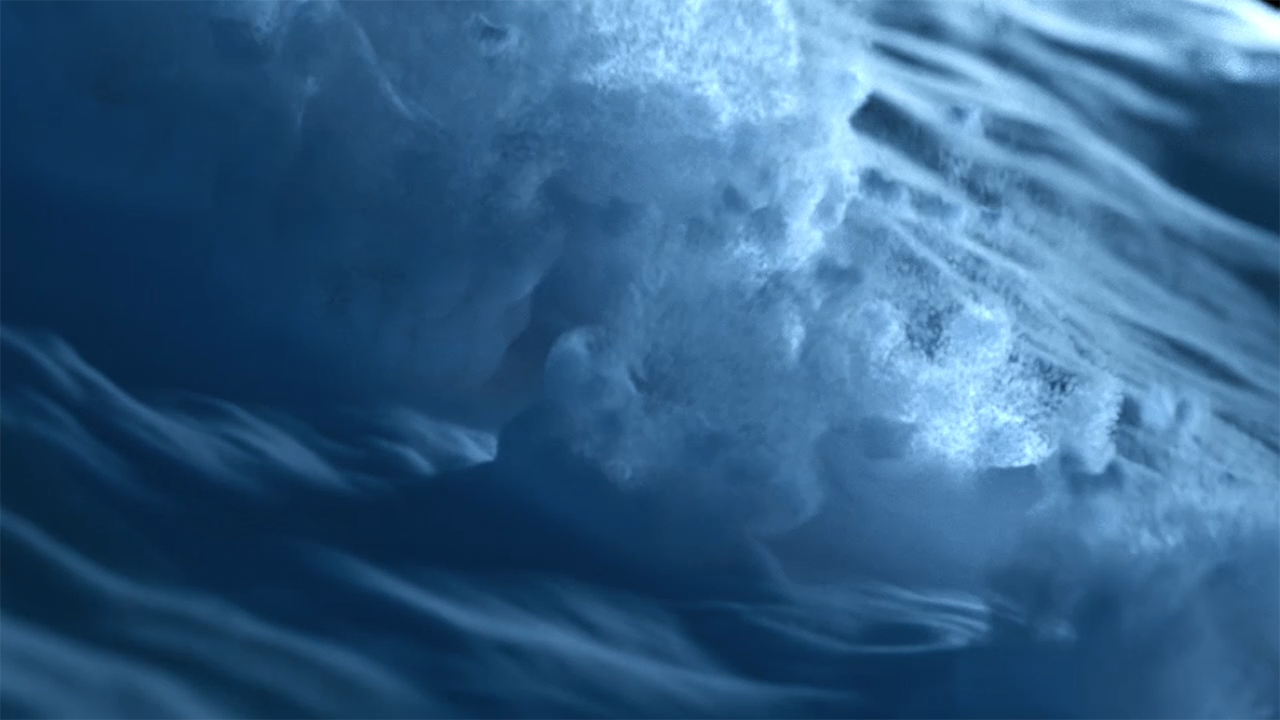MPM
Step into the next generation of visual effects with Houdini’s Material Point Method (MPM) tools, designed to simulate complex materials like snow, sand, mud, and soft tissue with stunning realism. Create slushy impacts, deformable creatures, sticky surfaces, and more with physical accuracy and artistic control.
Post Simulation Workflows
There have been lots of significant enhancements to the MPM solver in Houdini 21. SideFX has added a lot of features, such as preset material properties, the ability to distribute the MPM solve to compute nodes, MPM post-processing tools and the ability to add a sleeping behaviour to settle down a simulation. There are also new tools for surface tension, colliders, post fracture and surfacing.
Multi-Material Solver
MPM is a great solver when you need to mix different kinds of materials in a single simulation. This solver will let you identify the different material properties then the solver figures it all. The results are stunning.
Snow FX
One of the areas where MPM excels is the simulation of snow. Whether you are bringing down a mountain or plowing the streets, MPM can create the right look for your snow simulations. You can also simulate ice cream which is fun.
MPM Car FX
Here are some MPM simulations that involve cars where the tires move through water and mud and also the crashing of a car against a wall. MPM is a multi-physics solver that can account for all of these material interactions and get you the look you need for your shot.
MPM Destruction FX
Creating destruction shots using MPM involves setting up the right materials then letting the solver do the rest of the work. Destruction shots using RBD generally require that you manage the relationships between materials, but MPM works more naturally. Materials often start solid then break into chunks then become powder-like.
Nodes
Here some of the nodes to look out for when working with MPM in Houdini. These nodes let you initiate, add properties to and control the look of your simulations.
LEARNING RESOURCES
Check out a growing collection of lessons focused on MPM in Houdini.
MPM TOOLS ARE AVAILABLE IN:
Houdini FX | Houdini Indie | Houdini Education | Houdini Apprentice

